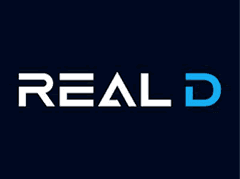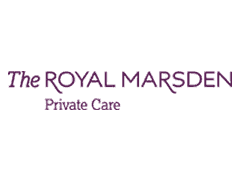At ExtraDigital, we cannot overstate the importance of website speed and performance when it comes to engaging customers and driving conversions.
In this blog, we will look at proven techniques to enhance your eCommerce website performance to move you closer to reaching your business goals and explain how we, as an agency, can help optimise your eCommerce website for both key factors.
Page Speed
Slow-loading pages increase bounce rates and decrease customer satisfaction, resulting in a loss of sales. As little as a one-second delay in page loading time can increase the bounce rate by up to 90%.
The biggest draws of online shopping for consumers are speed, ease of use, and convenience. Customers will go elsewhere if your site doesn’t meet expectations.
Website Navigation
The user experience is not only impacted by loading times. An easy-to-navigate website maintains engagement, and a seamless checkout process maximises the number of website users converting to sales.
Ultimately, brand perception is key, and an effective website portrays an efficient, trustworthy brand to potential customers.
Below are our top ten tips for optimising eCommerce websites:
- Responsive Design – Ensure the website is mobile-friendly, adapting to different devices and screen sizes.
- Minify Code – Reduce the size by removing unnecessary characters and spaces from JavaScript, HTML and CSS files.
- Image Sizes and Formats – Modern image formats (AVIF, WebP, SVG) can improve compression by up to 50% and deliver better quality per byte while still looking visually appealing. If these formats are not viable, reduce image file sizes while maintaining a high-quality image using compression tools or plugins. Progressive enhancement will let the browser choose the first supported format in the order of preference.
- GZIP Compression – Compress files before sending them to the browser to decrease transfer sizes.
- Browser Caching – Caching headers can store static resources locally and reduce server requests to improve loading time.
- Optimise Database Queries – Indexing, caching and query optimisation to increase efficiency.
- Lazy Loading – Load images and videos only when needed to improve initial webpage loading times and bandwidth usage.
- Above-the-Fold Content – Load crucial content for early user interactions before the webpage has fully loaded.
- Content Delivery Networks (CDNs) – Deliver content from servers closer to users to speed up content delivery and avoid delays.
- Monitoring – Routinely analyse performance using tools we will discuss later.
Mobile Optimisation
Let’s look more at mobile optimisation and why this is important. A responsive design provides a consistent user experience across different devices and screen sizes. Be sure to check how your website looks and works on various devices such as tablets, iPhones, and other smartphones to ensure no one misses key content and functionalities.
Due to the shift towards webpage browsing on mobile devices, a Mobile-First approach when designing your website is imperative. Consider the impact of page speed on your bounce rate, as a frustrating user experience will not lead to conversions.
Website Monitoring
Ongoing monitoring and tests are key for consistent website performance to take a proactive approach to identify and resolve issues to ensure optimal website speed and responsiveness.
Pingdom provides real-time insights into page load times, while New Relic offers more detailed performance monitoring to optimise performance.
Website speed and performance are critical factors for SEO, as search engines use mobile-first indexing by prioritising websites with the fastest load times, which is important to consider if you want to move up the rankings. A good performance score in Core Web Vitals can also improve your ranking position.
Setup for Google Shopping, Products and Ads
Your store might be fast and effective – but it needs to be found, which means having products visible when customers search online. Each e-commerce platform has a different way of doing this. So setting up merchant feed parameters for e.g. Shopify stores or Woocommerce stores needs care.
There are two current trends that the Google algorithm cares about right now:
Progressive Web Apps
Progressive Web Apps (PWAs) are websites that look and feel more like a mobile app than a traditional webpage but do not need to be installed as they work within web browsers. They provide faster, more engaging user experiences, even offline, and can send users notifications like an app.
Serverless Architecture
From a development perspective, Serverless Architecture saves you the hassle of managing a server, as cloud providers can handle these and can scale automatically whenever required. This frees developers’ precious time to focus on code writing and offers a more cost-effective solution.
How can ExtraDigital support eCommerce websites?
In a nutshell, by using the tools mentioned above, marketers and eCommerce specialists can effectively optimise both website speed and performance. The result? A far better user experience leads to higher conversions. Here at ExtraDigital, we can monitor your website’s performance regularly, as frequent monitoring can help detect problems early!
Are you looking to engage with your customers and drive more conversions? Our team at ExtraDigital have years of experience optimising eCommerce websites to ensure our clients reach their business goals. Contact us today to discuss how we can help you meet your customers’ expectations.










